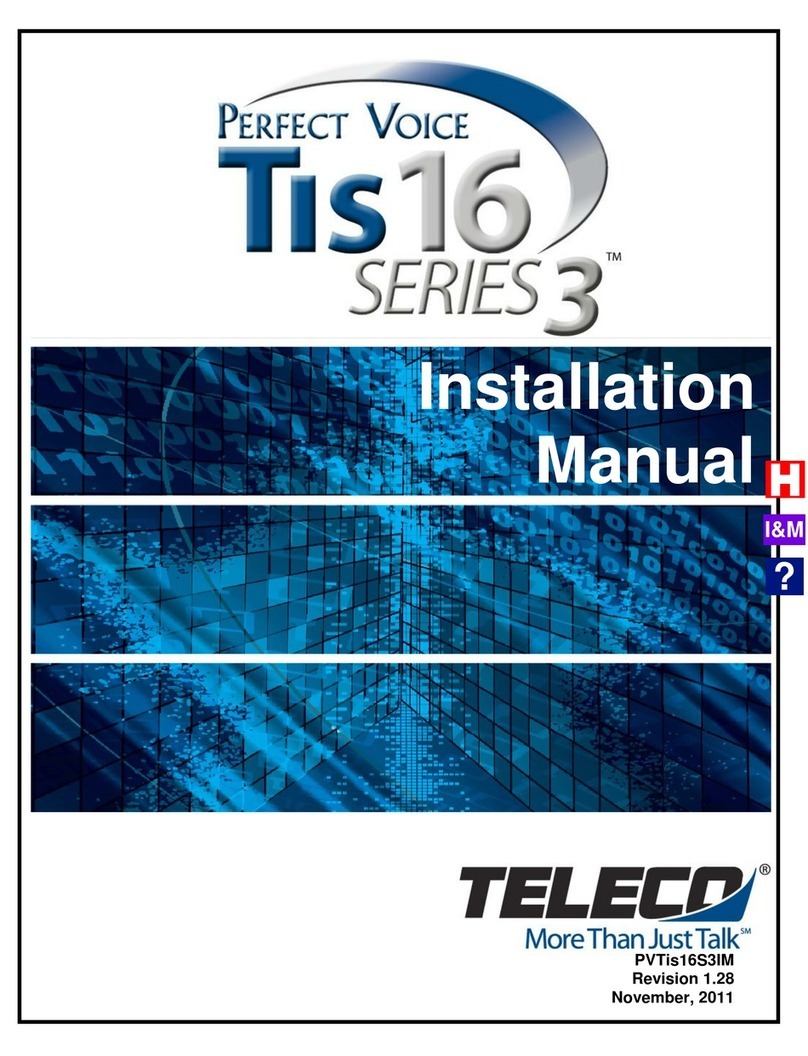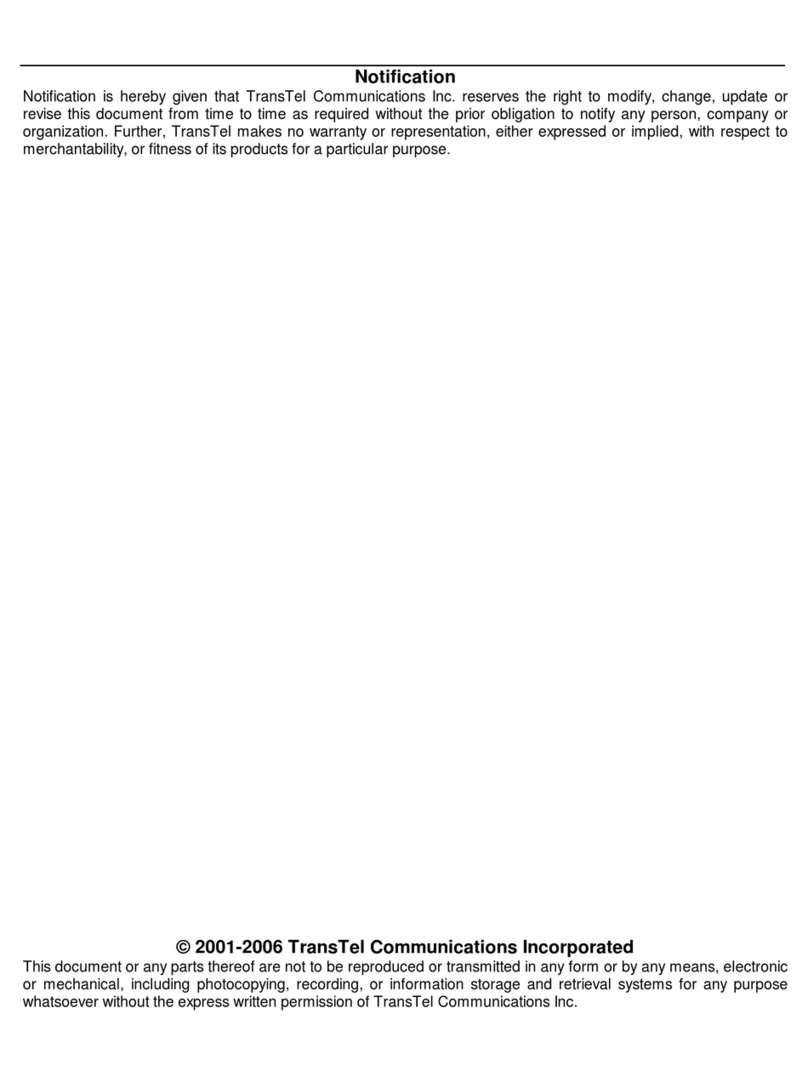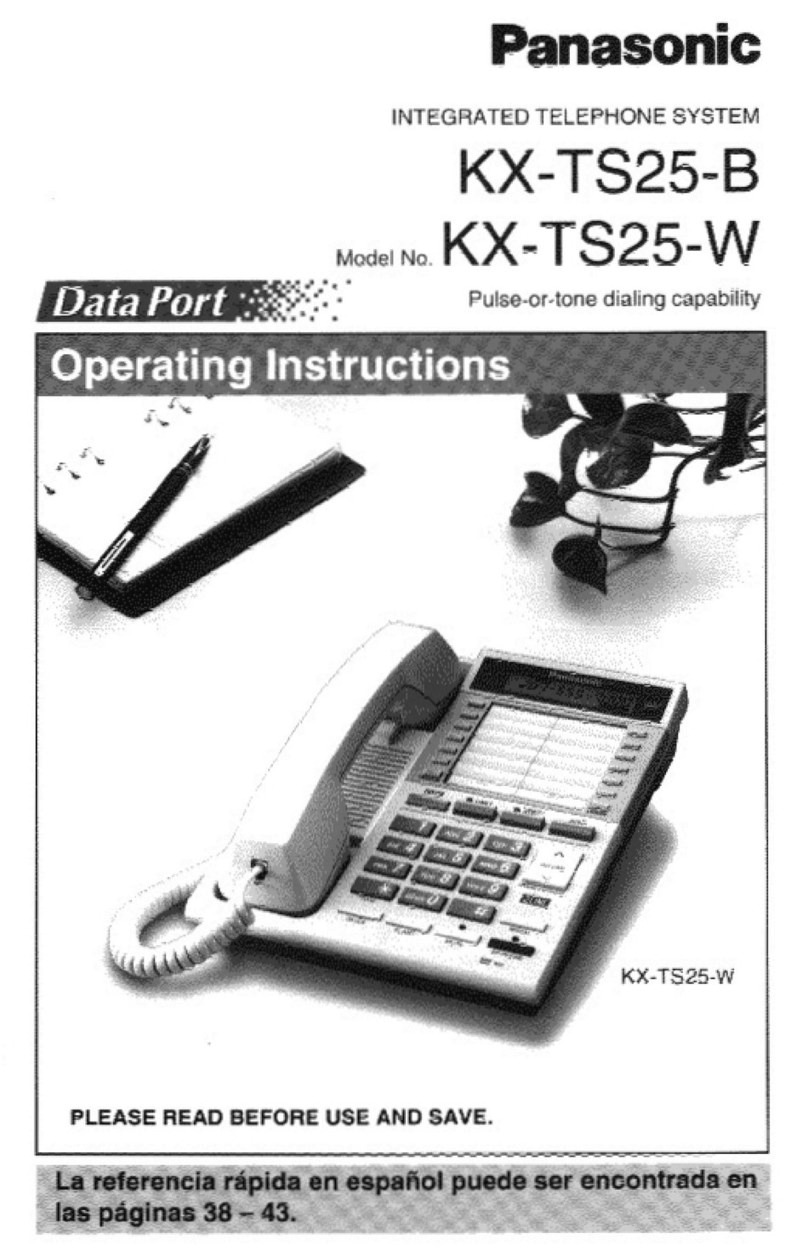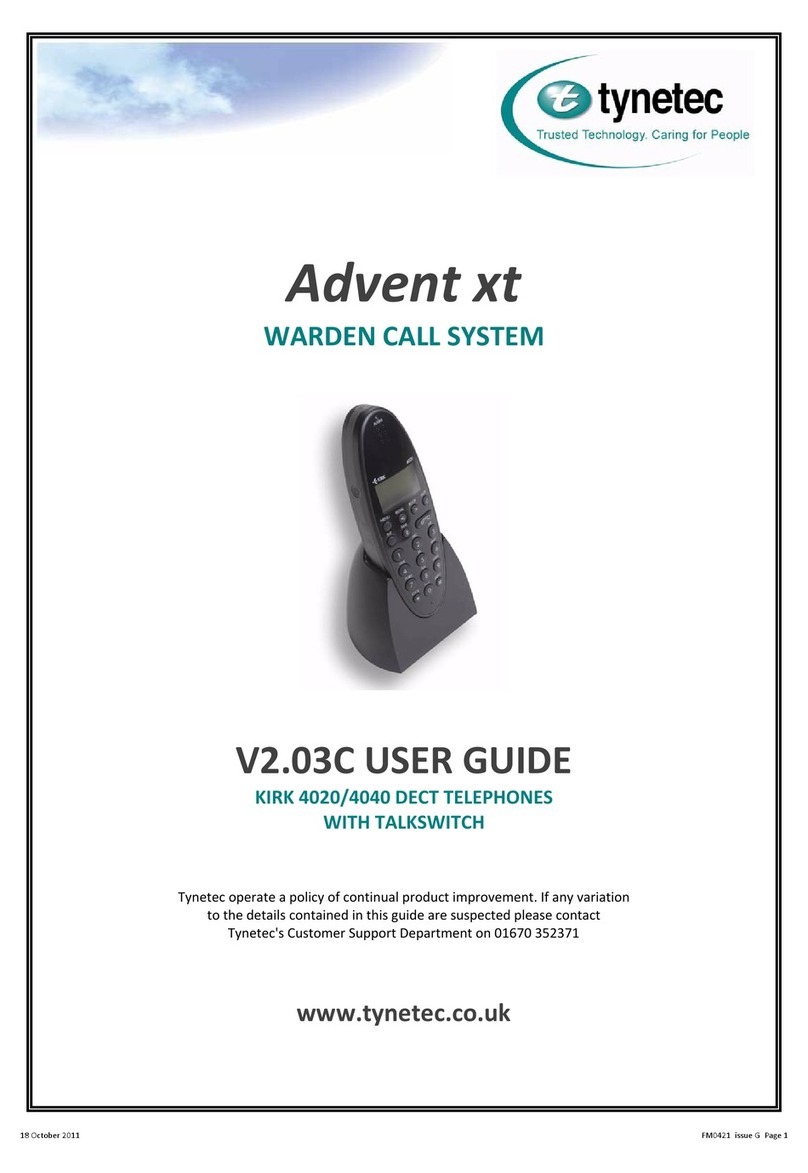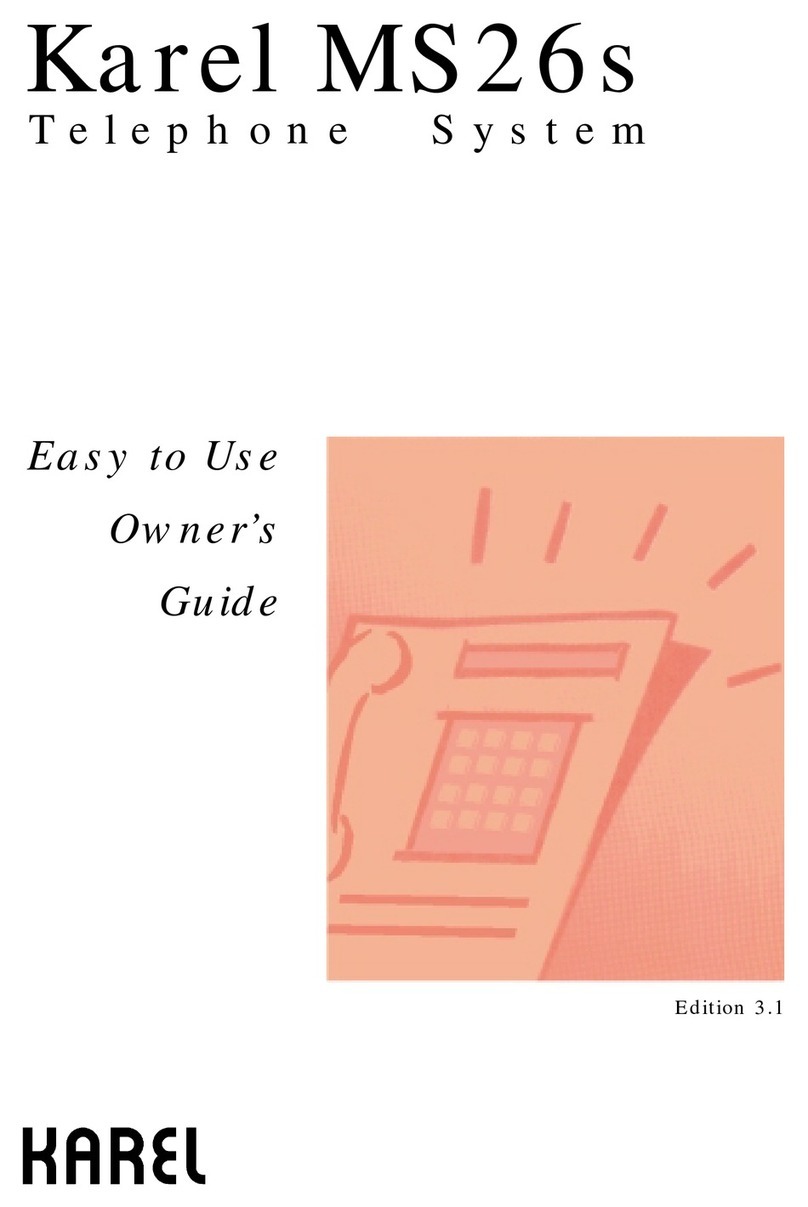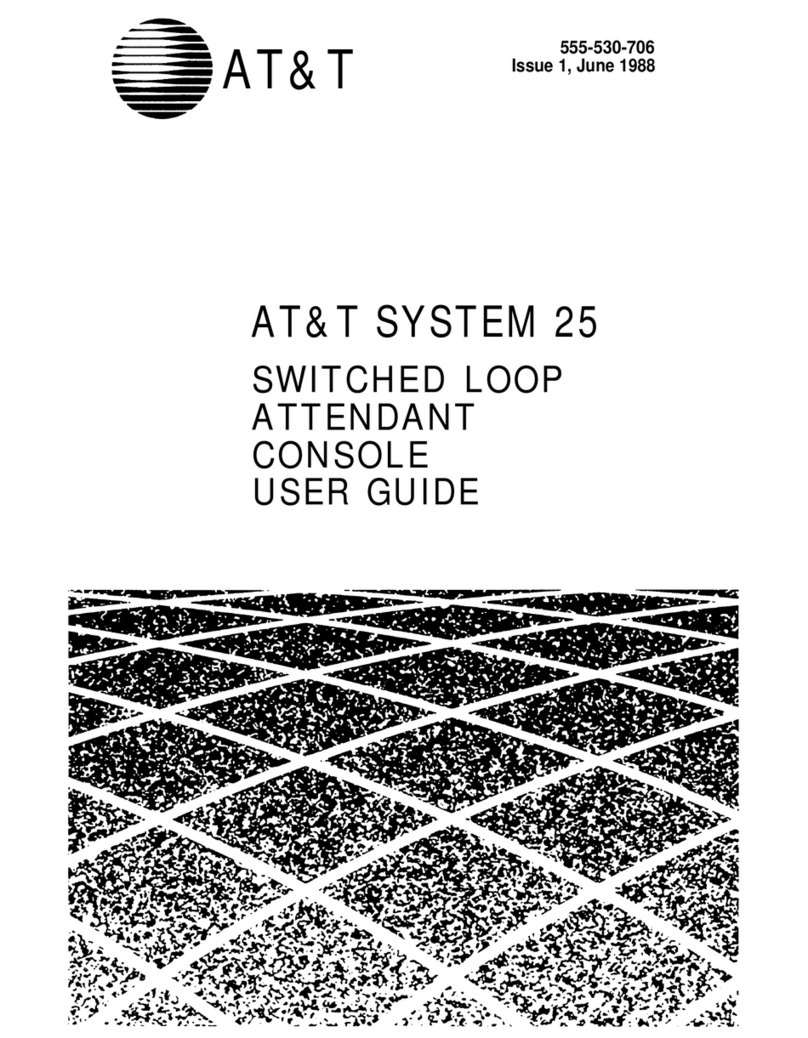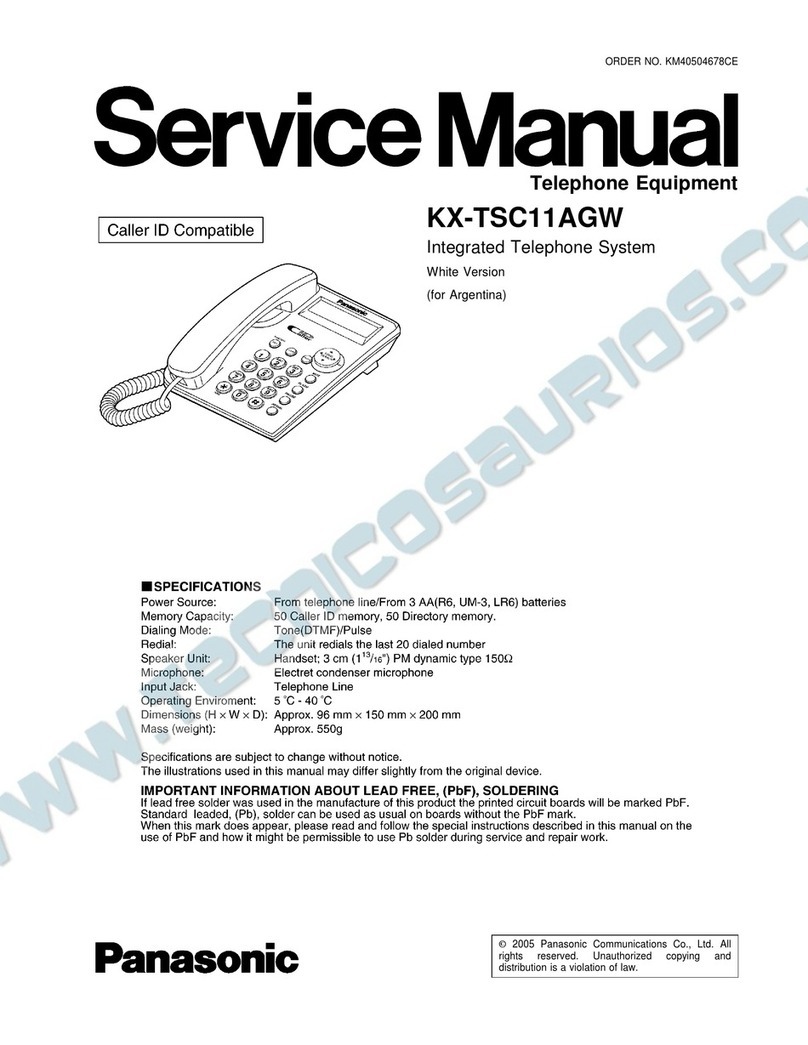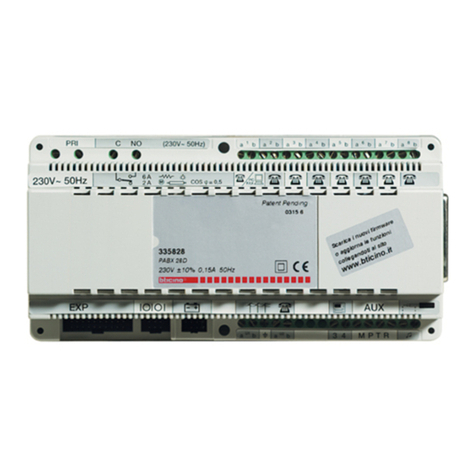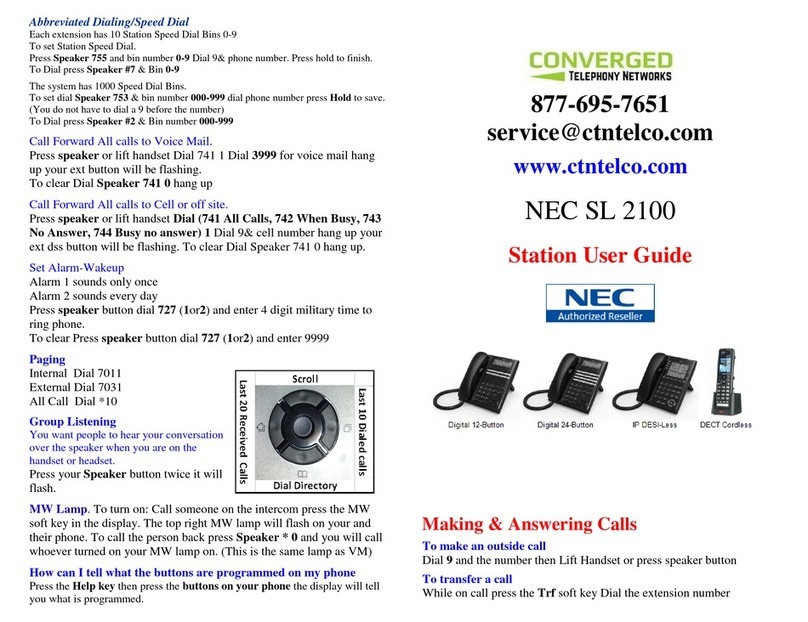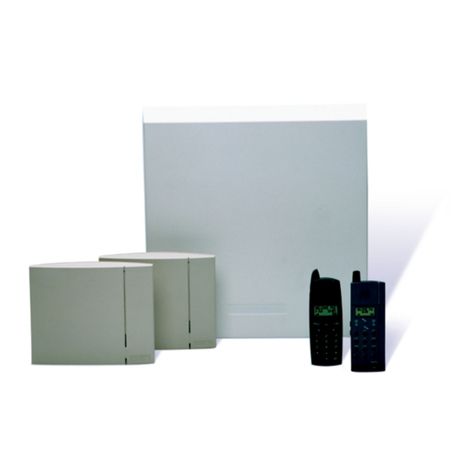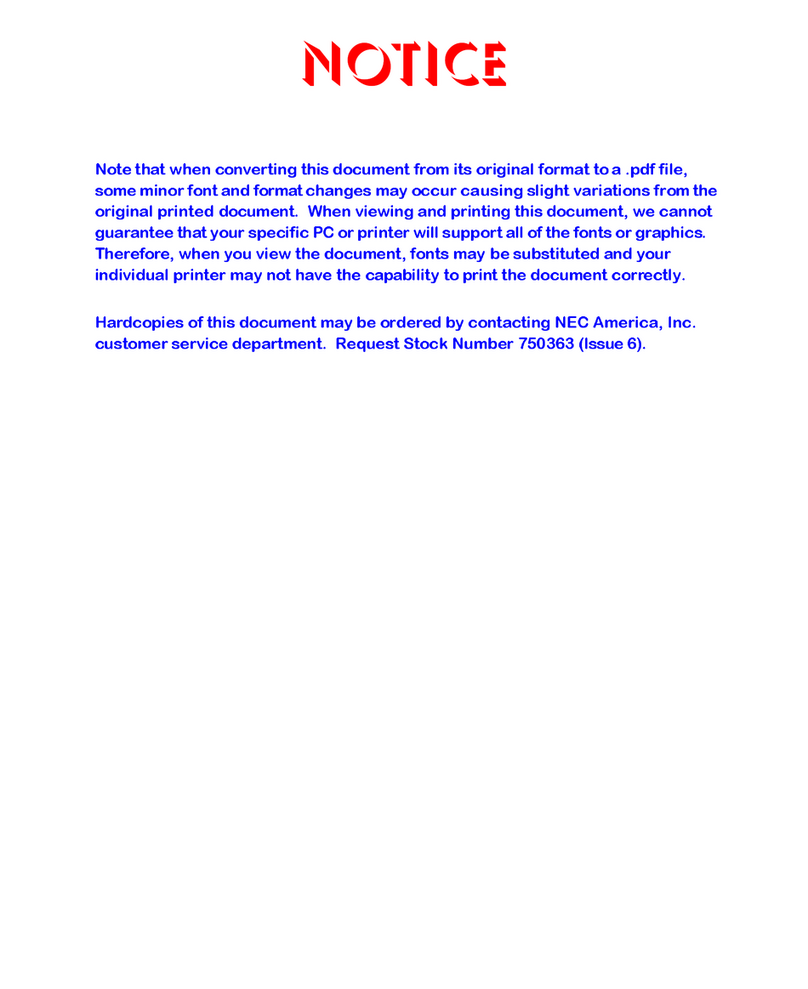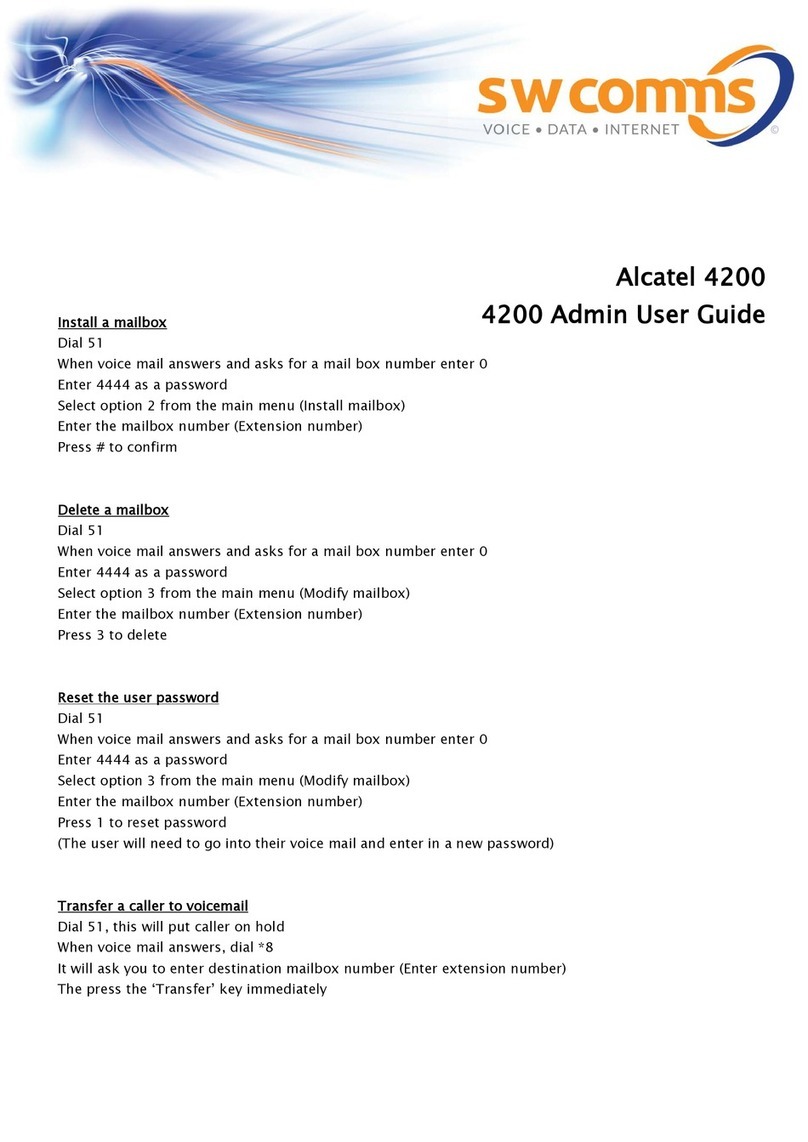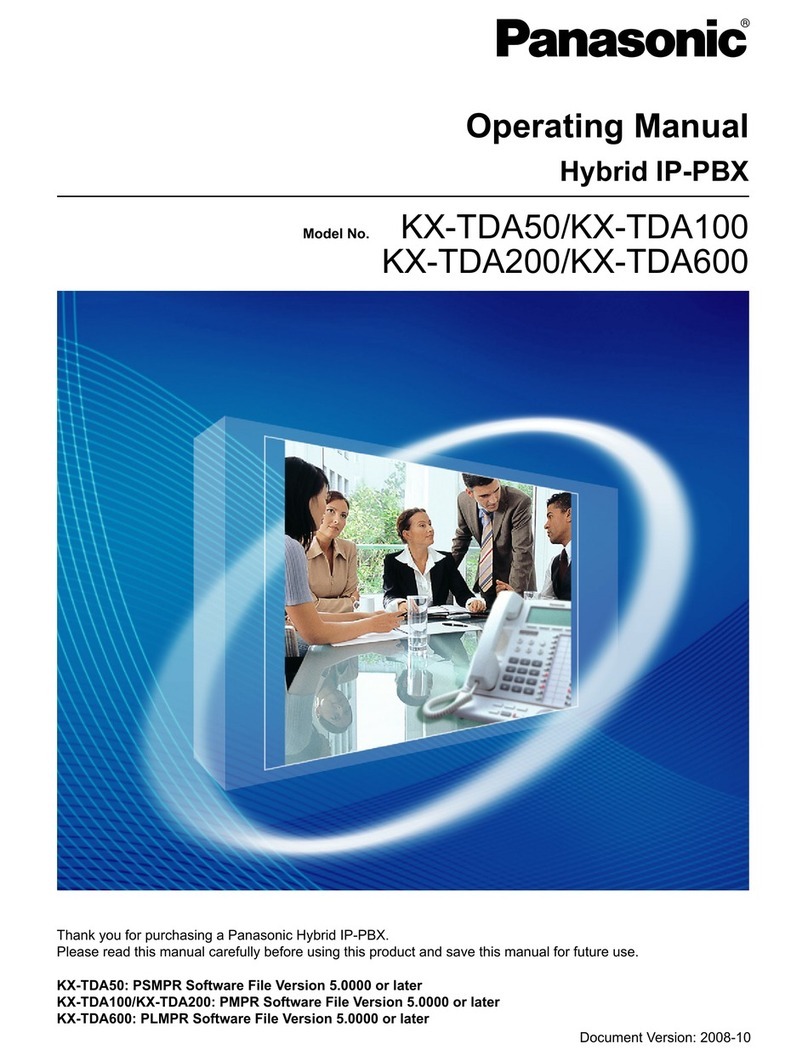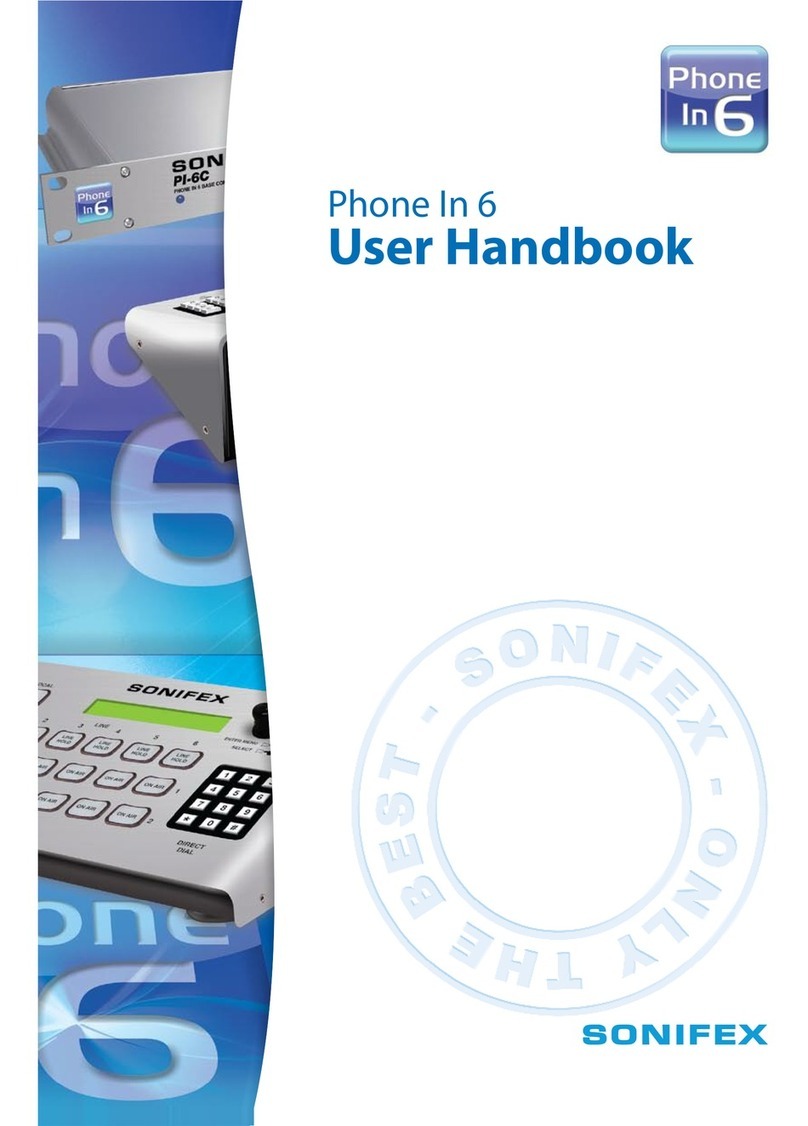Page 2 of 2Company Confidential January 7, 2002
Installation Guide Rev.0.3 (FCC).doc
NSM Technology Ltd.
FCC Statement
This equipment has been tested and found to comply with the limits for a Class A digital device,
pursuant to Part 15 of the FCC Rules. These limits are designed to provide reasonable protection
against harmful interference when the equipment is operated in a commercial environment. This
equipment generates, uses, and can radiate radio frequency energy and, if not installed and used in
accordance with the instruction manual, may cause harmful interference to radio communications.
Operation of this equipment in a residential area is likely to cause harmful interference in which case
the user shall be required to correct the interference at his own expense.
To assure compliance with FCC RF safety guidelines, the user should not operate any other transmitter,
such as a cellular handset or remote control, near this device while it is operating.
* * * * *
This equipment complies with Part 68 of the FCC Rules. On the bottom of the Master Basestation and
the Handset is a label that contains, among other information the FCC registration number for this
equipment. If requested, provide this information to your telephone company.
The registration jack USOC for the equipment is RJ11C.
An FCC compliant telephone cord and modular plug is provided with this equipment. This equipment
is designed to be connected to the telephone network or premises wiring using a compatible modular
jack which is Part 68 compliant. See installation instructions for details.
The REN is useful to determine the quantity of devices that may be connected to the telephone line.
Excessive RENs on the telephone line may result in the devices not ringing in response to an incoming
call. In most, but not all areas, the sum of RENs of all devices should not exceed five (5). To be
certain of the number of devices that may be connected to a line, as determined by the total RENs,
contact the local telephone company.
If your telephone equipment causes harm to the telephone network, the telephone company will notify
you in advance that temporary discontinuance of service may be required. But if advance notice isn’t
practical, you will be notified as soon as possible. You will be advised of your right to file a complaint
with the FCC if you believe it is necessary.
Your telephone company may make changes in its facilities, equipments, operations, or procedures that
could affect the operation of your equipment. If they do, you will be given advance notice so as to give
you an opportunity to maintain uninterrupted service.
If you experience trouble with this equipment, please contact Cortelco Kellogg, Mr. Ken Martin, phone
number is +1 (662) 287-5281 Ext. 175 for repair/warranty information. If your equipment is causing
harm to the telephone network, the telephone company may request that you disconnect the equipment
until the problem is resolved.
This equipment may not be used on public coin service provided by the telephone company.
Connection to party lines is subject to state tariffs. (Contact your state public utility commission or
corporation commission for information.)
